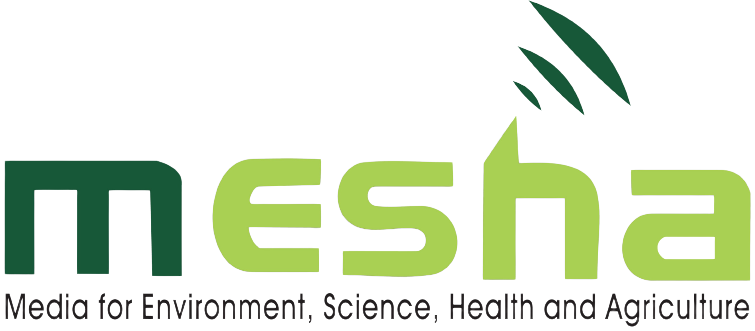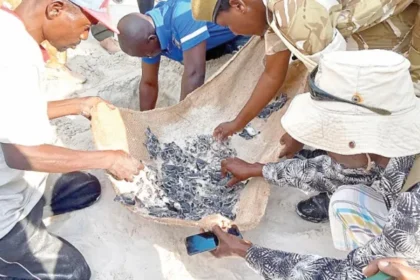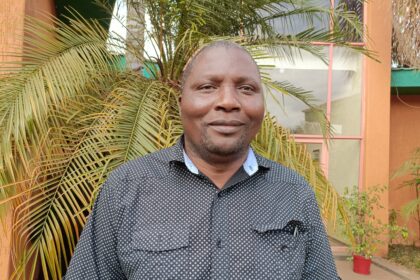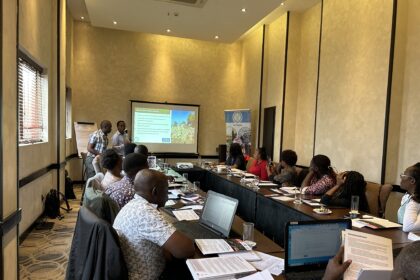Coastal communities unite to save turtles from extinction
By Jasmine Otieno | People Daily A report by the Kenya Wildlife…
Kenya to host high-level course on nuclear and radiation safety
Kenya has been picked to host a special post-graduate training in nuclear…
Malawi seed sector amplify support for biotech
The seed sector in Malawi has said it will advocate for research…
African countries urged to keep vigilance on COVID-19
Prof Jayne Byakika of WHO: She says that reduced public perception of…
Why recycling is not a solution to plastic pollution
Journalists follow proceedings during a sensitisation workshop by CEJAD on plastic pollution…
Media science cafés on tuberculosis planned for November
By Christine Ochogo I christawine@gmail.com Improving awareness on gender-sensitive approaches to tuberculosis…






